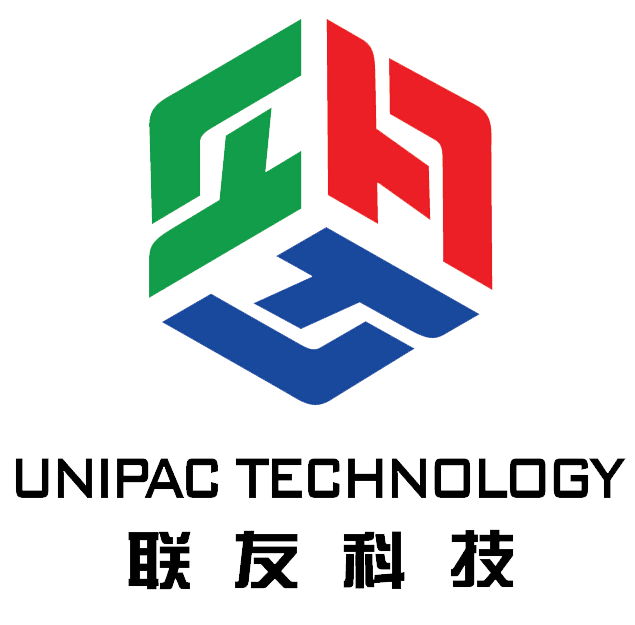What is the principle of supercritical water oxidation technology?
Release time:
2021-11-12
Supercritical water oxidation is an emerging skill in organic waste and wastewater treatment
1. Simple process flow of supercritical water oxidation
First, the sewage pump will be pressed into the preheater preheat, in this with the usual circulating reactants directly mixed with the heating progress temperature after the merger into the reactor, and then the compressor will be pressurized with air or oxygen into the reactor. Harmful organic matter and oxygen in supercritical water agile reaction to the complete oxidation of organic matter, such as organic matter concentration to meet, the heat released by oxidation is enough to heat all the materials in the reactor to supercritical condition, in homogeneous conditions to make organic matter reaction. From the reactor material after cooling into the separator, the reaction will be generated in the inorganic salt and other solid materials from the fluid phase precipitation.
2. The use of supercritical water oxidation in environmental protection
In theory, the SCWO technology is applicable to the treatment of any waste containing organic pollutants: high concentration of organic waste liquid, organic steam, organic solids, organic wastewater, sludge, suspended organic solution or inorganic matter adsorbed organic matter. SCWO skills in a very short period of time will be difficult to degrade, dangerous organic completely into CO2 and H20, ammonia into N2 or N2O and other harmless substances, the water body of phosphorus, chlorine, sulfur and other elements of oxidation, inorganic salt from the supercritical water accumulation, complete the organic toxic pollutants harmless.
3, the advantages of supercritical water oxidation
Compared with the traditional processing day, industrial waste of various skills, has the following outstanding advantages:
(1) Organic components can be completely differentiated into inorganic components such as C02, H20, N2, S042-under appropriate temperature and pressure, with a differentiation rate of more than 99%, no central products and no secondary pollution;
(2) a wide range of applications, can be used to deal with a variety of toxic refractory organic matter;
(3) the oxidation reaction is a homogeneous reaction, the reaction speed is fast, the stay time is short (<1min);
(4) the reaction is exothermic reaction, in the organic matter content> 2%, can rely on the reaction itself of the oxidation of heat to maintain the reaction;
(5) the solubility of inorganic components and salts in supercritical water is very low, so that the separation of the reaction process becomes simple.
Key words:








